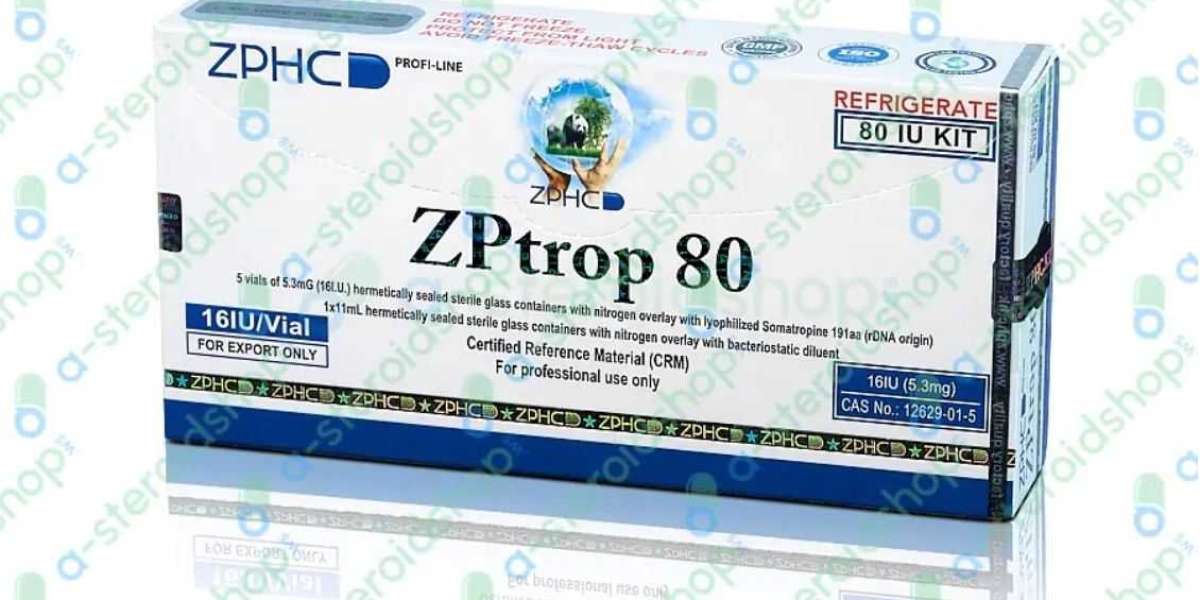Human growth hormone (HGH), a pivotal player in human development and metabolic processes, is not just influenced by medical treatments or synthetic interventions. In fact, our body orchestrates its HGH production through a sophisticated network of natural triggers. Understanding these triggers is not just academically fascinating; it has profound implications for how we manage our health, fitness, and even longevity.
The control of HGH is primarily at the helm of three key players: growth hormone-releasing hormone (GHRH) from the hypothalamus, somatostatin from various body tissues, and ghrelin from the gut. The delicate balance between these elements ensures that our bodies function optimally, adapting to our daily needs and the challenges we face. Enhancing this understanding can guide our approach to health and well-being, providing insight into how we might naturally optimize our HGH levels for better health outcomes. For more on optimizing these levels, see gh zphc 80 ui.
The Role of Growth Hormone-Releasing Hormone (GHRH)
Growth Hormone-Releasing Hormone (GHRH), originating in the hypothalamus, is a fundamental stimulator of HGH secretion. This hormone plays a crucial role by signaling the pituitary gland, a small but critical gland located at the base of the brain, to release HGH into the bloodstream. The secretion of GHRH is influenced by various factors including sleep, exercise, and stress levels.
The impact of GHRH on our body's HGH levels can be profound:
- During deep sleep cycles, GHRH levels peak, promoting the restoration and growth processes that are essential during rest.
- Physical activity also stimulates GHRH release, linking regular exercise to improved growth hormone levels, which in turn supports muscle growth, fat metabolism, and overall physical health.
Understanding how to naturally encourage your body to produce GHRH can be a game changer in managing health and enhancing quality of life.
Influence of Somatostatin on HGH Regulation
Contrary to the stimulating effects of GHRH, somatostatin acts as the body's natural inhibitor of growth hormone release. This hormone, which is produced in several tissues throughout the body, including the hypothalamus and digestive system, plays a critical role in ensuring that HGH levels do not exceed what is safe and healthy for the body.
Somatostatin's inhibitory effects are crucial for avoiding excessive HGH production, which can lead to complications such as:
- Acromegaly, a condition characterized by abnormal growth of the hands, feet, and face.
- Potential contributions to insulin resistance, which can complicate blood sugar management.
By modulating the effects of GHRH, somatostatin ensures that our body maintains a balance, promoting health and preventing disease.
Ghrelin: The Gut-Brain Connection
Ghrelin, often termed the "hunger hormone," is another significant contributor to the regulation of growth hormone. Produced in the stomach, ghrelin sends signals to the brain to stimulate appetite and increase HGH production. This hormone plays a dual role by influencing both our eating behavior and the body's growth processes.
The relationship between ghrelin and HGH includes:
- Stimulating hunger through its action on the brain's hypothalamus.
- Enhancing the release of growth hormone, linking nutritional intake to growth and metabolic regulation.
This makes ghrelin not only a target for weight management strategies but also a pivotal hormone for those looking to optimize their HGH levels through diet and lifestyle.
Interplay of Hormones in HGH Regulation
The orchestration of GHRH, somatostatin, and ghrelin in regulating HGH is a prime example of the body's complex hormonal interplay. Each hormone has its role, but it is their collective action that maintains the delicate balance necessary for health. Here's how these hormones interact:
- GHRH promotes HGH release, supported by ghrelin, especially under conditions of fasting or high energy demand.
- Somatostatin provides a necessary check, preventing excessive HGH production, which could lead to health issues.
This hormonal balance is crucial for normal physical growth, metabolism, and response to stressors, illustrating the body's inherent wisdom in maintaining homeostasis.
Conclusion
The natural regulation of human growth hormone is an exquisite example of biological balance and interdependence. By understanding the roles of GHRH, somatostatin, and ghrelin, we gain insights into our body's intrinsic capabilities to regulate important functions like growth, metabolism, and energy use. Embracing lifestyle choices that support the healthy production of these hormones can lead to improved health outcomes and a better understanding of our body's natural rhythms. Whether it's through optimized sleep patterns, regular physical activity, or managing our dietary intake, we have the power to influence these natural triggers in a way that enhances our well-being and vitality.
Understanding this can guide us to better health decisions and align our actions with our body's natural processes.





